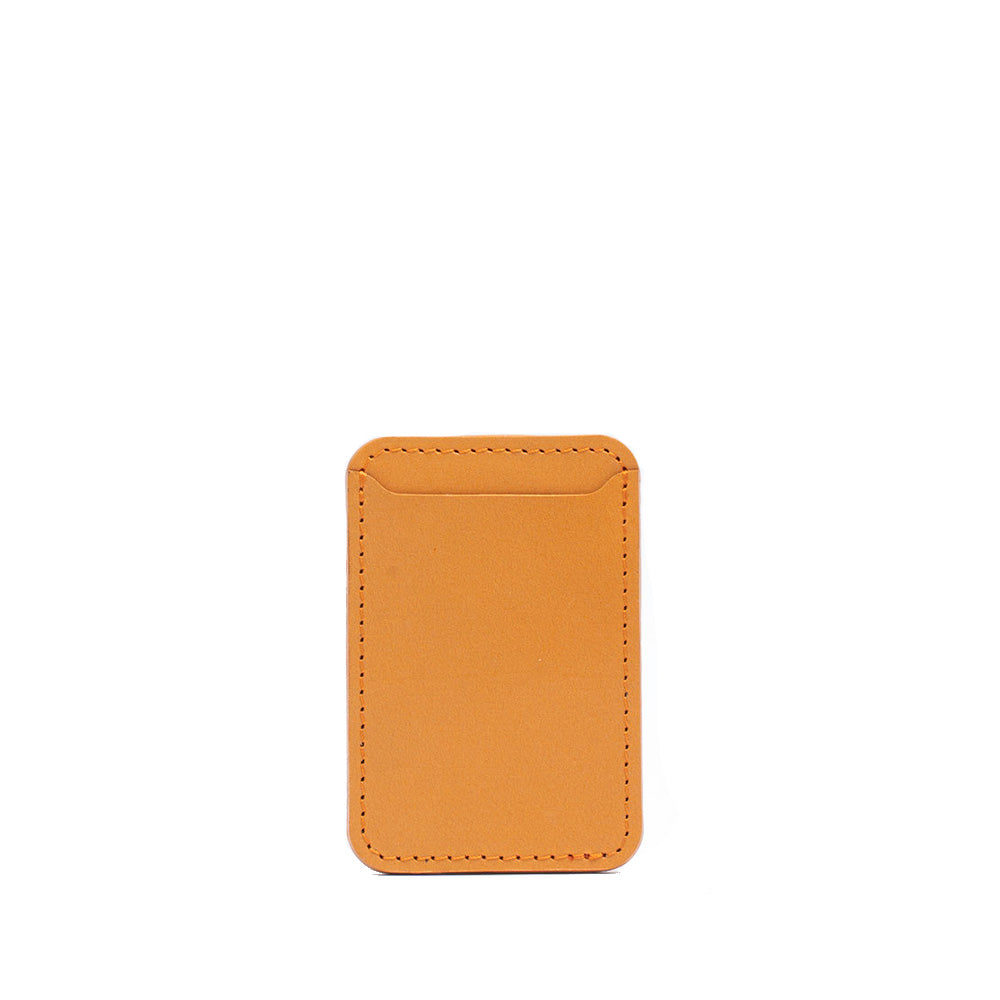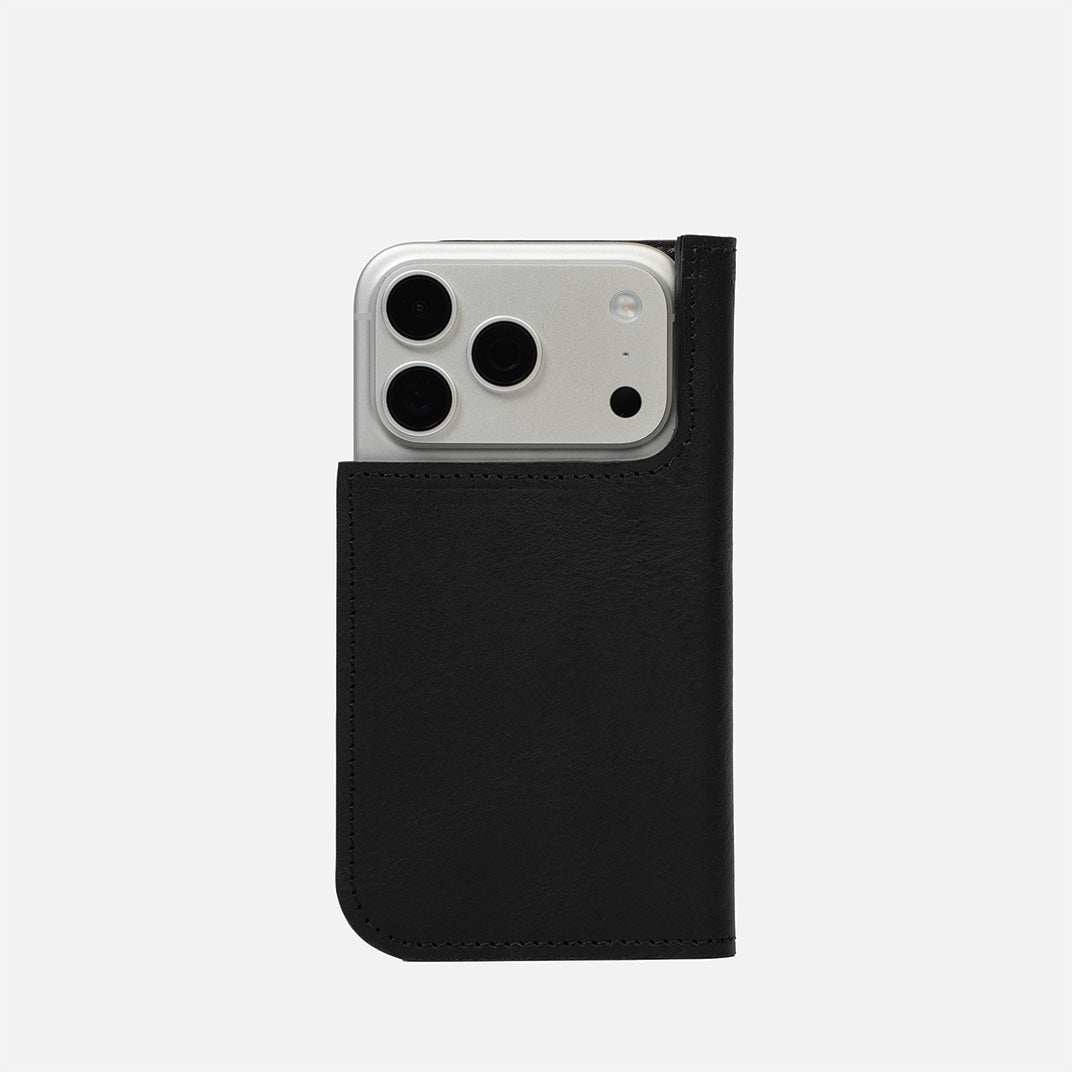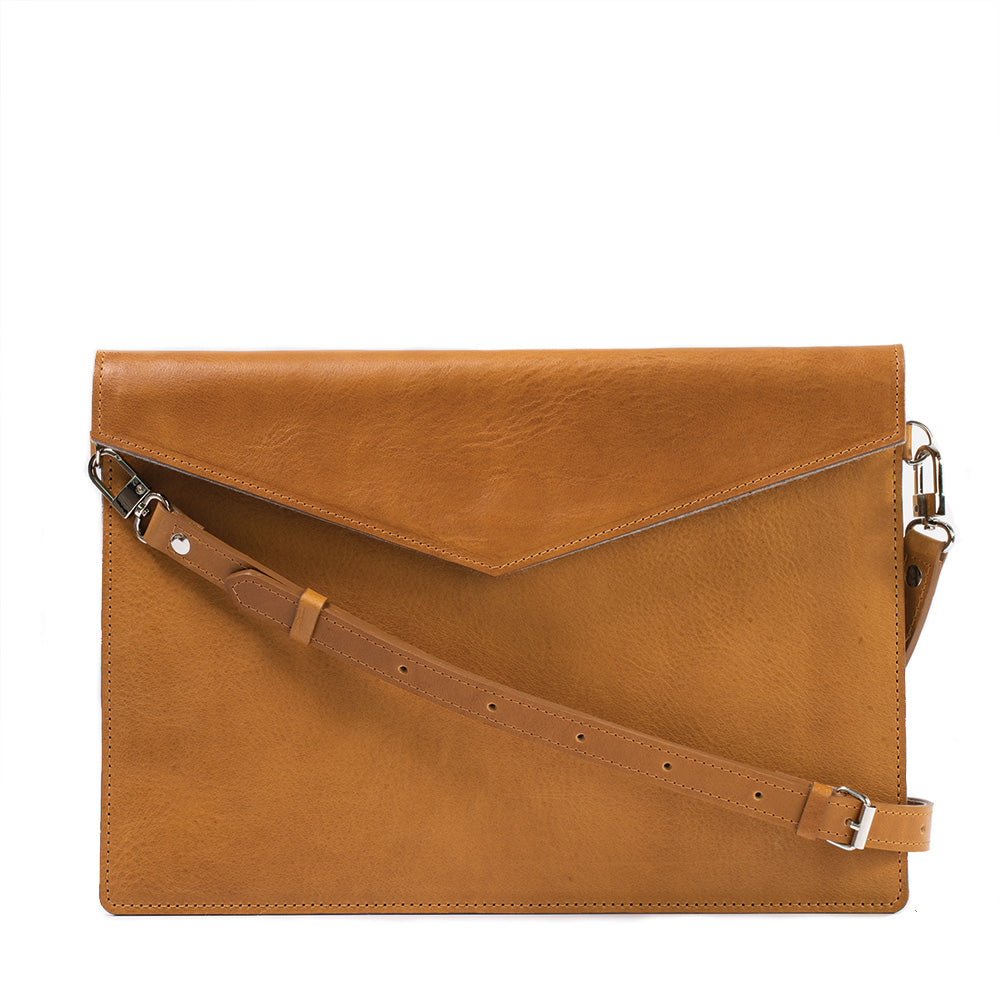For anyone looking to increase their productivity, having a dual monitor setup can be a game-changer. But did you know that your iPad can serve as a second monitor for your Mac? Thanks to a feature called Sidecar, this is entirely possible. In this comprehensive guide, we'll explore how to use your iPad as a monitor and effectively double your workspace.
A Quick Overview of Sidecar
Sidecar is a feature that comes as a part of the Continuity suite, allowing you to extend your Mac's display to your iPad. This provides you with a second screen, letting you operate different applications or windows simultaneously. To use Sidecar, both your devices need to have Wi-Fi and Bluetooth turned on and meet specific system requirements.
How to Set Up Sidecar
Sidecar doesn't require a physical connection between your iPad and Mac. Instead, it relies on both devices being signed into the same Apple ID. Here's how to get started:
- On your Mac, choose the Apple menu > System Settings, then click Displays in the sidebar.
- Click the Add Display pop-up menu on the right, then select your iPad.
- Alternatively, you can use Control Center to set up Sidecar. Click Control Center in the menu bar, click Screen Mirroring, then choose your iPad.
Once Sidecar is set up, the Screen Mirroring menu will appear in the menu bar. From here, you can easily switch between using your iPad as a mirrored or separate display, show or hide the sidebar or Touch Bar on your iPad, and more.
Customizing Sidecar Options
After setting up your iPad as a second display, you can further customize Sidecar options in Display settings on your Mac. Here, you can determine if your iPad acts as the main display, whether it mirrors or extends your display, and configure the sidebar and Touch Bar settings.
You can also enable double-tap on your Apple Pencil, offering a convenient way to switch drawing tools in supported apps.
Navigating Sidecar
Once Sidecar is set up, you can move windows between your Mac and iPad by dragging them to the edge of the screen. The sidebar on your iPad allows you to manipulate your menu bar, Dock, and onscreen keyboard, among other things.
The Touch Bar on your iPad will show different buttons depending on the app or task at hand. You can use Apple Pencil to select items, and some basic gestures for navigating your iPad will still work in this mode.
When you're finished using your iPad as a second display, tap the Disconnect icon at the bottom of the sidebar on your iPad, or disconnect on your Mac by clicking the active iPad listed in the Screen Mirroring menu in the menu bar.
When Sidecar Isn't an Option
Unfortunately, Sidecar is not compatible with all Macs and iPads. If you find your devices are not compatible, don't worry; there are third-party apps available to fill the void. These apps help extend your display to your iPad even if you can't run Sidecar, allowing you to reap the benefits of a dual monitor setup regardless.
In conclusion, Sidecar is a powerful tool for leveraging your iPad as a second display for your Mac. It offers increased productivity and flexibility, all without needing an additional monitor. So, if you've got an iPad lying around, it might be time to put it to work.
Utilizing Third-Party Apps for iPad-as-Monitor Setup
If your devices don't meet the requirements for Apple's Sidecar feature, you're not out of options. Several third-party applications can facilitate turning your iPad into a second display for your Mac. Let's explore some of the best alternatives available.
Duet Display
Duet Display is one of the most popular apps for turning your iPad into a second screen. It was developed by a team of ex-Apple engineers and is known for its low latency and high performance. This app allows you to connect your iPad to your Mac or PC via a USB cable or wirelessly.
Here's how to set up Duet Display:
- Install Duet Display on both your Mac and iPad.
- Connect your iPad to your Mac using a USB cable or set up a wireless connection.
- Launch Duet Display on your Mac and iPad, and the app should automatically detect your iPad as a second display.
One of the standout features of Duet Display is that it also supports Windows PCs. Additionally, it offers touch input if your Mac is running macOS Sierra 10.12 or later.
Air Display
Air Display is another excellent app that turns your iPad into a wireless display for your Mac. This app allows you to extend or mirror your desktop and works over Wi-Fi, which means you don't need a cable to connect your devices.
To set up Air Display:
- Download and install Air Display on both your Mac and iPad.
- Make sure both devices are on the same Wi-Fi network.
- Open the app on your iPad, then select your iPad from the Air Display menu on your Mac.
One significant benefit of Air Display is its support for up to four displays simultaneously, making it an excellent option if you have multiple iPads or other compatible devices.
Splashtop Wired XDisplay
Splashtop Wired XDisplay turns an iPad into an extra display for your computer, enhancing productivity. As the name implies, it requires a wired USB connection for a steady, high-performance screen extender or mirror.
Setting up Splashtop Wired XDisplay:
- Download Splashtop Wired XDisplay on your iPad.
- Install the free XDisplay Agent on your Mac.
- Connect your iPad to your Mac using a USB cable.
- Launch the app, and it will automatically recognize your iPad as a second monitor.
One of the main advantages of Splashtop Wired XDisplay is its support for Windows PCs, and it offers a high refresh rate of up to 60 frames per second.




